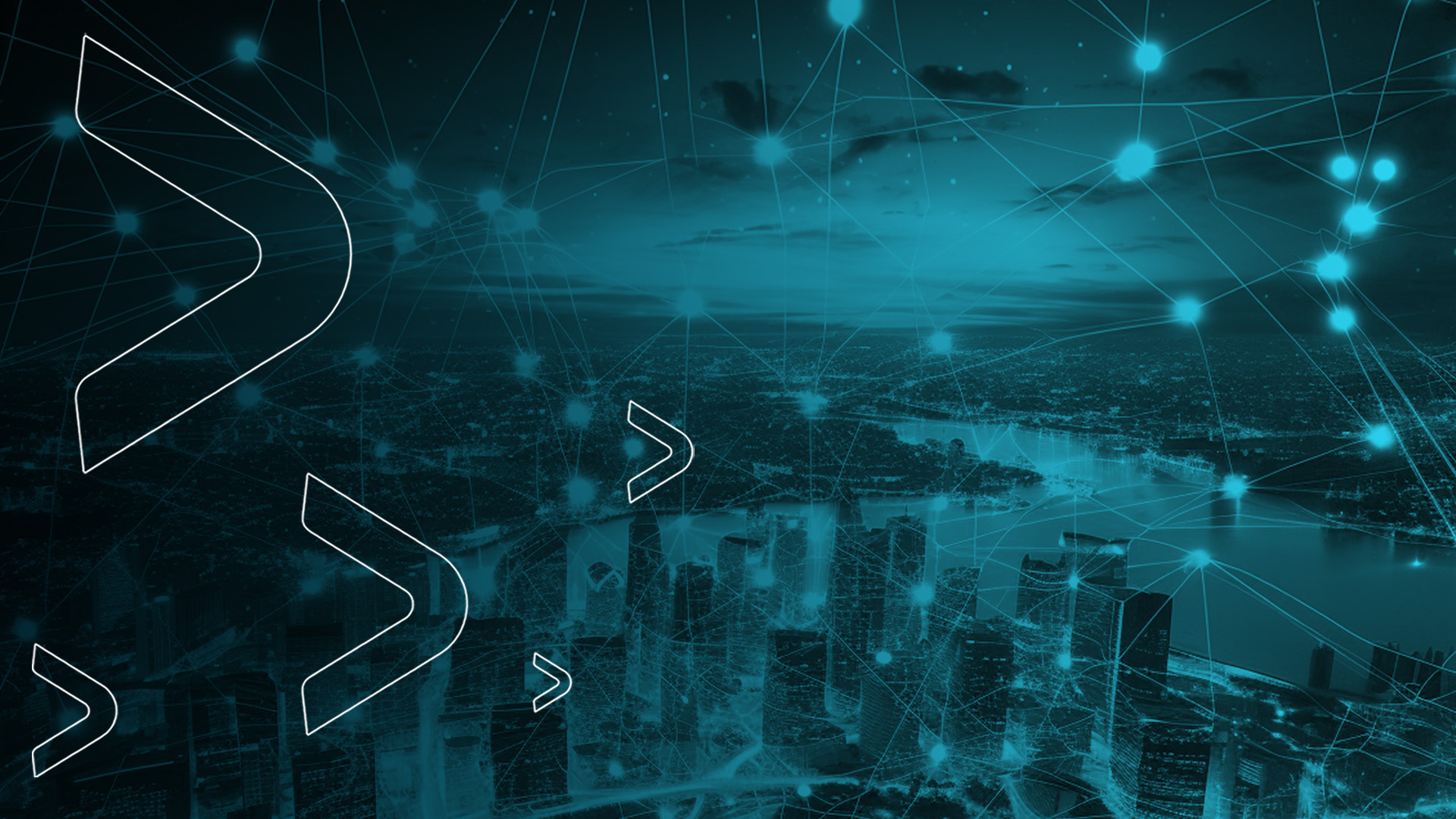Vulnerability Management – What you need to know

Vulnerability management (VM) is the process of detecting, prioritizing, remediating, and auditing security vulnerabilities in systems and software. This critical process minimizes the organization’s “attack surface” by installing the most current software updates and properly hardening computer configuration.
Security vulnerabilities are any technological weakness that allows attackers to compromise a product, service, or system and exploit financial, operational, or reputational risk to an organization. To minimize the risk, vulnerability management procedures must be performed regularly to keep pace with emerging security threats.
Vulnerability Management Components
A Vulnerability Management program consists of the following components:
- Identify your assets – create a comprehensive asset management database of all of the organization’s IT assets. This includes laptops, workstations, servers, networking equipment, security cameras, and printers. You cannot protect what you don’t actively manage.
- Scan assets for vulnerabilities — a vulnerability scanner is software that probes the organization’s assets for known software and configuration vulnerabilities. The vulnerabilities are ranked based on their threat level, which allows the organization to prioritize patching and remediation efforts. The Common Vulnerability Scoring System (CVSS) is a popular severity scoring model.
- Remediate vulnerabilities – most vulnerabilities can be remediated through a patching solution which h installs security updates and makes configuration changes based on the vulnerability scanner’s results. Manually patching systems is possible; however, automating the process for repeatability and scalability is ideal.
Vulnerability Management Frequency
System administrators should scan and patch vulnerabilities multiple times a year. Depending on the network’s complexity, the VM process can be time-consuming and resource intensive. As such, it can be perceived as resource inefficient compared to the time and cost of properly managing the asset; therefore, the organization may erroneously choose to never patch or patch on an infrequent basis.
This rationale is dangerous because it places the organization at a continually escalating amount of risk as vulnerabilities are exploited by a growing number of threat actors. Scheduling the VM activities must be weighed against the risk they are mitigating. At a minimum, scanning and patching should be conducted quarterly, but with the correct tools, training, and awareness, patching can be effectively completed monthly.
Measurements
Vulnerability management metrics are essential for assessing and improving an organization’s cybersecurity posture. These metrics help gauge the effectiveness of vulnerability management processes and provide insights into areas that need attention.
- Patch Compliance Rate: This metric indicates the percentage of systems or assets that have been successfully patched within a specified time frame.
- Vulnerability Age: Vulnerability age refers to the time a vulnerability has been known to exist but has not been remediated. Reducing vulnerability age helps lower the risk of exploitation.
- Risk Reduction Rate: This metric measures how much risk has been reduced over time through vulnerability management activities.
- Asset Inventory Accuracy: Accurate and up-to-date asset inventories are essential for effective vulnerability management. This metric assesses the accuracy of the asset inventory data.
- Mean Time to Remediation (MTTR): MTTR measures the average time it takes to remediate a vulnerability from the moment it is discovered. A lower MTTR indicates faster response and remediation times.
- Open Critical Vulnerabilities: Tracking the number of open critical vulnerabilities provides insight into the organization’s exposure to severe threats.
These metrics help organizations assess their vulnerability management strategies, prioritize remediation efforts, and demonstrate the effectiveness of their cybersecurity programs to stakeholders. It’s important to tailor these metrics to the specific needs and goals of your organization.
How Can Sedara Help?
Sedara’s Security Operations Center (SOC) can perform vulnerability scans for you, helping you discover vulnerabilities across your environment and develop a remediation plan. The SOC can assist your organization in detecting and responding to threats through 24x7x365 monitoring by utilizing Extended Detection and Response (XDR) and Security Information and Event Management (SIEM) solutions.
Sedara’s Cybersecurity Development Program can assist your organization in demonstrating compliance with 23 NYCRR 500. Trained vCISOs are experts in cybersecurity frameworks and can help you discover gaps in your cybersecurity program and create a plan of action to close those gaps and ultimately reduce your risk.